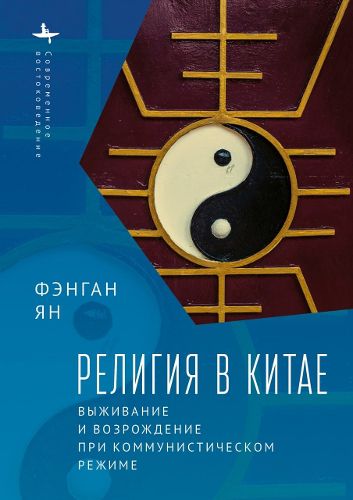Readings Newsletter
Become a Readings Member to make your shopping experience even easier.
Sign in or sign up for free!
You’re not far away from qualifying for FREE standard shipping within Australia
You’ve qualified for FREE standard shipping within Australia
The cart is loading…






Religion in China survived the most radical suppression in the human history-a total ban of any religion during the Cultural Revolution. All churches, temples, and mosques were closed down, converted for secular uses, or turned into museums for the purpose of atheist education. Since the 1970s, however, religion has thrived even though China remains under Communist rule. Christianity ranks among the fastest-growing religions throughout the vast land while many Buddhist and Daoist temples have been restored. The Communist authorities have carried out waves of atheist propaganda, anti-superstition campaigns, and severe crackdowns on Christian churches and new religious movements. How do we explain the resilience and vitality of religion in modernizing China? How did religion survive the eradication measures in the 1950s to 1970s? How have various religious groups managed to revive despite strict regulations? Why have some religions grown fast? Why have some forms of spirituality gone through dramatic turns? This book provides a comprehensive overview of the religious change in China under ommunist rule, and it also offers a set of theoretical tools for studying religious vitality in modernizing societies.
$9.00 standard shipping within Australia
FREE standard shipping within Australia for orders over $100.00
Express & International shipping calculated at checkout
Religion in China survived the most radical suppression in the human history-a total ban of any religion during the Cultural Revolution. All churches, temples, and mosques were closed down, converted for secular uses, or turned into museums for the purpose of atheist education. Since the 1970s, however, religion has thrived even though China remains under Communist rule. Christianity ranks among the fastest-growing religions throughout the vast land while many Buddhist and Daoist temples have been restored. The Communist authorities have carried out waves of atheist propaganda, anti-superstition campaigns, and severe crackdowns on Christian churches and new religious movements. How do we explain the resilience and vitality of religion in modernizing China? How did religion survive the eradication measures in the 1950s to 1970s? How have various religious groups managed to revive despite strict regulations? Why have some religions grown fast? Why have some forms of spirituality gone through dramatic turns? This book provides a comprehensive overview of the religious change in China under ommunist rule, and it also offers a set of theoretical tools for studying religious vitality in modernizing societies.